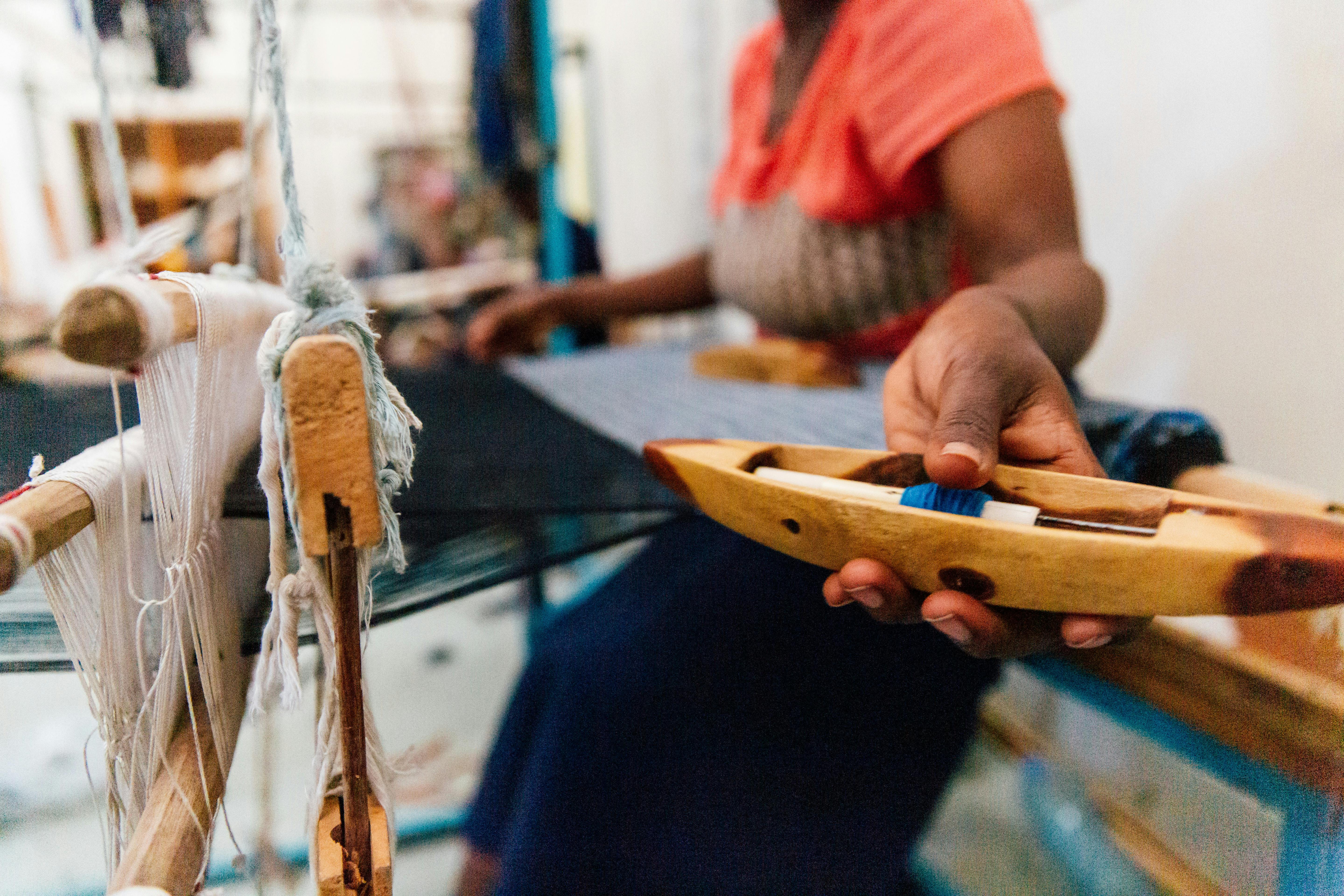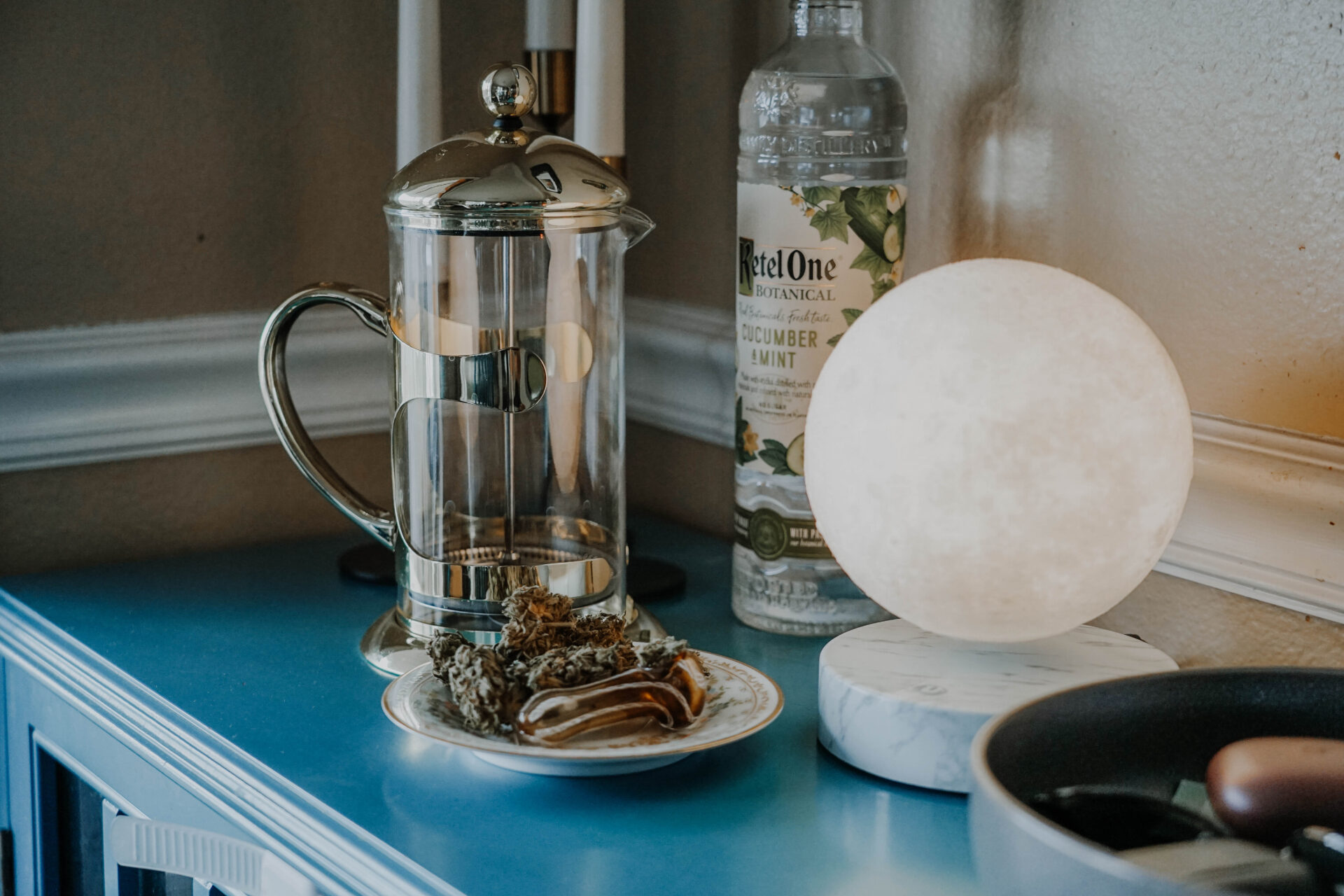Dryer balls are a great way to naturally reduce drying time and soften your laundry. But how many dryer balls should you use? The answer depends on the size of the load and the type of fabric you’re drying. In this article, we’ll discuss why you should use dryer balls, what types are available, and how many dryer balls you should use for a variety of load sizes.It depends on the size of the load that you are drying. Generally, you should use at least two dryer balls for a small load, four for a medium-sized load, and six for a large load.
The Benefits of Using Dryer Balls
Using dryer balls is an effective and affordable way to reduce drying time, save energy, and soften clothes. They are a low-cost alternative to dryer sheets or fabric softeners, and they can help extend the life of your laundry. Dryer balls can help reduce static cling and wrinkles in clothing, and they are gentle enough for delicates. They are easy to use and maintain, making them an ideal choice for busy households. Here are a few of the benefits of using dryer balls:
Reduce Drying Time
Dryer balls can reduce drying time by up to 25%. This is because they help separate the clothes while they are in the dryer, allowing more air circulation and heat circulation around the clothes. The less time it takes to dry your clothes, the less energy you will use – helping you save money on your energy bill.
Save Energy
Using dryer balls in place of traditional fabric softeners and dryer sheets helps reduce energy costs. Since you don’t have to wait as long for your clothes to dry, you’ll be able to run fewer cycles – saving electricity or gas.
Soften Clothes
Dryer balls help soften fabrics without the need for fabric softeners or harsh chemicals. The natural fibers in woolen dryer balls gently massage fabrics while tumbling in the dryer – helping break down fibers that cause stiffness or roughness in clothing.
Reduce Static Cling
Static cling is caused by a build-up of electrical charges on fabrics during tumbling. Dryer balls help reduce static cling by moving around in the drum and breaking up electrical charges – leaving your clothes softer with less static cling than before.
Overall, using dryer balls is an efficient way to get your laundry done quickly with minimal cost and effort. They are easy to use and maintain, making them an ideal choice for busy households looking for ways to save time and money on their laundry routine.
The Best Type of Dryer Balls
Dryer balls are a great way to reduce static cling, wrinkles and drying time in the laundry. They can also help to reduce the amount of detergent and softener needed in the washing process. But which type of dryer ball is best?
The answer depends on your needs. Generally speaking, dryer balls made from natural materials such as wool, organic cotton and bamboo tend to be more effective than synthetic materials like plastic or nylon. Wool dryer balls are especially popular because they not only reduce static and wrinkles but also fluff up clothes as they tumble in the dryer.
Organic cotton and bamboo dryer balls are great for those who want an eco-friendly option. These materials are renewable resources that don’t require any harsh chemicals or dyes during production, so they’re a good choice for those who care about the environment.
Plastic or nylon dryer balls may be cheaper than natural options but they may not last as long and won’t necessarily do as good a job at reducing static and wrinkles. They may also produce small particles that can accumulate in the lint trap over time, so it’s important to clean out your lint trap regularly if you use them.
No matter which type of dryer ball you choose, make sure you read the instructions carefully before use and follow them accordingly to ensure safety and optimal performance.
How to Choose the Right Size Dryer Balls
Choosing the right size dryer balls for your laundry can be an important decision. The size of dryer balls you choose will depend on the size of your load and how much fabric softener you want to add. Smaller dryer balls are ideal for smaller loads, while larger dryer balls can accommodate larger loads. If you want to add more fabric softener, you may need to use larger dryer balls. Additionally, if you want to reduce drying time, larger dryer balls are also recommended.
When selecting a size for your dryer balls, it is important to consider what type of fabric they will be used on. Delicate fabrics may require smaller dryer balls, while heavier fabrics may require larger ones. It is also important to note that large loads will require more than one set of large dryer balls in order to properly circulate heat and air throughout the entire load.
It is also important to consider the type of material used in your dryer ball when making a selection. Natural wool-based options are ideal for those looking for a sustainable option that provides extra insulation and softening benefits. Plastic or rubber-based models tend to be more durable and less expensive but may not provide as much insulation or softening benefits as wool-based options.
Finally, it is important to consider your budget when selecting a size for your dryer ball. Larger models tend to cost more than smaller models but offer additional benefits such as increased drying time and enhanced fabric softening performance. Additionally, some manufacturers offer sets of multiple sizes which can provide an economical option for those looking for multiple sizes at once.
By considering all these factors when selecting a size for your dryer ball, you can ensure that you select the perfect solution for your needs. Whether you’re looking for increased drying time or extra fabric softening performance, choosing the right size will help you get the most out of your laundry experience!
Pros of Using Dryer Balls
Using dryer balls is a great way to reduce drying time and energy consumption. As the balls move around in the dryer, they help to fluff up clothes and separate them, allowing air to circulate more efficiently. This helps reduce drying time and save energy. Additionally, using dryer balls can help reduce static cling on fabrics, making clothes easier to handle and iron. Moreover, dryer balls are hypoallergenic and do not contain any harsh chemicals, making them safe for use on sensitive skin. Furthermore, they are reusable, so you can use them over and over again without having to replace them.
Cons of Using Dryer Balls
One potential downside of using dryer balls is that they may not be effective on large loads of laundry. If you have a large load of laundry that needs to be dried, the dryer balls may not be able to move around as much as needed to provide proper air circulation. Additionally, some people may find that the dryer balls make too much noise when used in their dryers. Finally, while they are reusable, you may have to replace them every few months depending on how often you use them and how well you care for them.

Tips for Using Dryer Balls Effectively
Dryer balls are a great way to reduce drying time and soften your clothes naturally. But if you want to get the most out of your dryer balls, there are a few tips and tricks you should keep in mind. Here are some tips for using dryer balls more effectively:
First, make sure to add enough dryer balls to your load of laundry. The more dryer balls you add, the better the result will be. Generally speaking, two or three large woolen dryer balls should be sufficient for a medium-sized load of laundry.
Another tip is to use essential oils on your dryer balls. Adding a few drops of essential oil to each ball before putting them into the dryer can help make your clothes smell great and last longer. Just make sure that the essential oil you choose is safe for use in the dryer.
Finally, it’s important to clean your dryer balls regularly. Woolen dryer balls tend to accumulate lint and other debris over time, which can reduce their effectiveness in softening clothes and reducing drying time. To keep them clean, you should wash them with mild detergent and air-dry them after each cycle.
By following these tips, you can ensure that your dryer balls are working at their best and helping you get the most out of each load of laundry!
Do I Need to Use More Than One Set of Dryer Balls?
Using multiple sets of dryer balls is a great way to maximize the drying efficiency of your clothes. When using multiple sets, the air circulation in the dryer is increased, which helps to reduce drying times and conserve energy. Additionally, the extra sets of dryer balls will help to reduce static cling and soften fabrics. This makes for less wrinkling and a better overall experience when it comes to drying your clothes.
Using more than one set of dryer balls can also help to break up clumps of fabric that tend to form in the dryer. Clumps can cause a decrease in air circulation in the dryer, leading to longer drying times and increased energy consumption. By adding more sets of dryer balls, this problem can be solved and you can enjoy better results when it comes to drying your clothes.
The number of sets you need may vary depending on the size of your load and type of fabric. If you are dealing with large loads or thick fabrics such as towels or jeans, then you may need more than one set of dryer balls. For smaller loads or lighter fabrics such as t-shirts or sheets, then one set should be sufficient.
Overall, using multiple sets of dryer balls is an effective way to reduce drying times and energy consumption while improving the overall quality of your laundry experience. The exact number you need may vary depending on your load size and fabric type, so it is best to experiment with different quantities until you achieve the desired results.
Different Ways to Use Dryer Balls for Maximum Efficiency
Dryer balls are an increasingly popular alternative to traditional fabric softeners and dryer sheets. They are made of either wool or plastic and are designed to reduce drying time, soften fabrics, and reduce static cling. By adding a few dryer balls to each load of laundry, you can maximize the efficiency of your dryer. Here are some different ways to use dryer balls for maximum efficiency:
The first way to use dryer balls is by adding a few drops of essential oil to them. Essential oils have natural anti-static properties that help reduce static cling in fabrics and soften them as well. Simply add a few drops of your favorite essential oil onto the dryer ball before placing it in the dryer with your clothes. The essential oils will be released as the ball moves around during the drying cycle.
Another way to use dryer balls is by using them in combination with fabric softener sheets or liquid fabric softener. While the dryer balls help reduce static cling, adding a small amount of fabric softener on top of them will provide extra softening power. This is also an effective way to add extra scent to your laundry if you prefer a scent other than that provided by essential oils.
Finally, you can also use dryer balls to fluff up any bulky items like pillows and comforters. Simply place two or three dryer balls in with these items as they tumble around during the drying cycle. This will help separate the fibers and keep them from clumping together, resulting in a fluffier finished product.
Using these tips, you can get the most out of your dryer balls and ensure that each load of laundry comes out perfectly dried and softened every time!

Conclusion
Dryer balls are an economical and eco-friendly way to reduce drying time, soften clothes, and reduce static cling. They are also reusable, which makes them even more cost-effective. Ultimately, the answer to the question of how many dryer balls you should use depends on the size of your load and the desired effect. For small loads, two or three dryer balls should suffice; for larger loads, four to six should be sufficient. If you’re looking for a more natural approach to softening clothes or reducing static cling, it’s worth investing in a set of wool dryer balls and giving them a try.
No matter how many dryer balls you choose to use, they’ll help you get laundry done faster and easier—and without using chemical fabric softeners or other additives. So why not give them a try?




